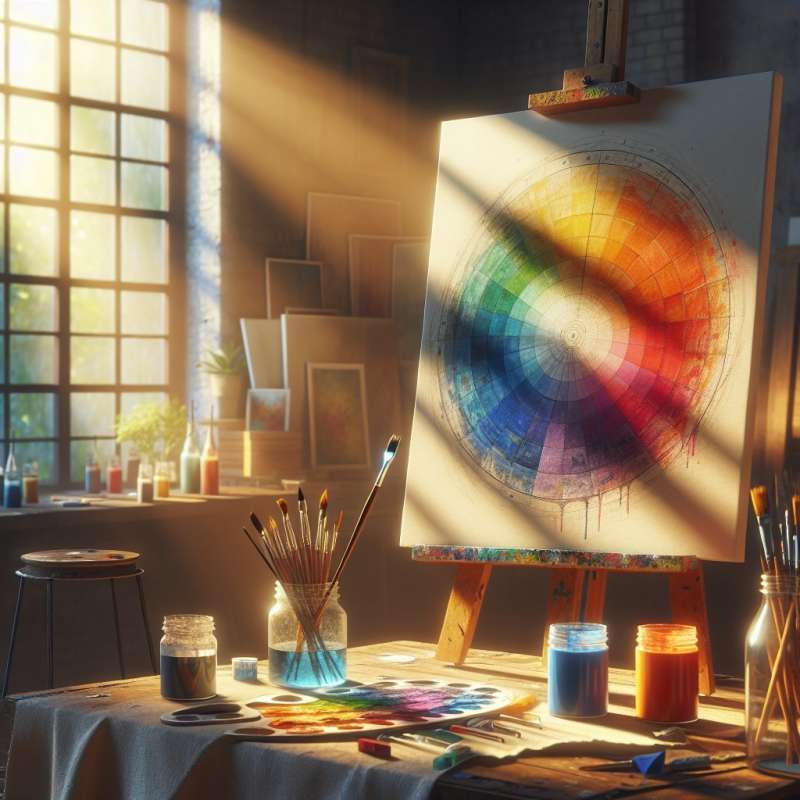
Color Theory Introduction
Color theory is a framework guiding visual artists in mixing colors and the visual effects of specific color combinations. It began in the 1400s and evolved through artists and scientists like da Vinci and Newton.
Color Wheel Significance
The color wheel, created by Isaac Newton, organizes colors around a circle. It shows primary, secondary, and tertiary colors, enabling artists to see relationships between colors and mix them effectively.
Understanding Color Harmony
Color harmony creates a balanced, aesthetically pleasing effect. It incorporates the use of complementary colors, analogous schemes, and triadic color spaces to enhance visual composition and evoke emotions.
Warm vs Cool Colors
Colors are also categorized by temperature. Warm colors, like red and yellow, evoke energy and coziness, whereas cool colors, such as blue and green, provide a sense of calm and serenity.
Color Psychology
Colors can profoundly impact human emotion and behavior. For example, blue can induce calmness and increase productivity, while red can trigger feelings of urgency and increase heart rate.
Cultural Color Meanings
Color meanings can differ drastically across cultures. For instance, while white is associated with purity in some cultures, it is related to mourning in others. Designers must be culturally aware.
Color in Marketing
In marketing, color can influence brand perception and buying behavior. For example, green is often used to promote environmental products, while black suggests luxury and sophistication.Unexpected Color Fact
Isaac Newton's original color wheel included musical notes to represent colors, linking sight and sound in a revolutionary way.
Who organized the color wheel?
Leonardo da Vinci
Isaac Newton
Albert Einstein
Company